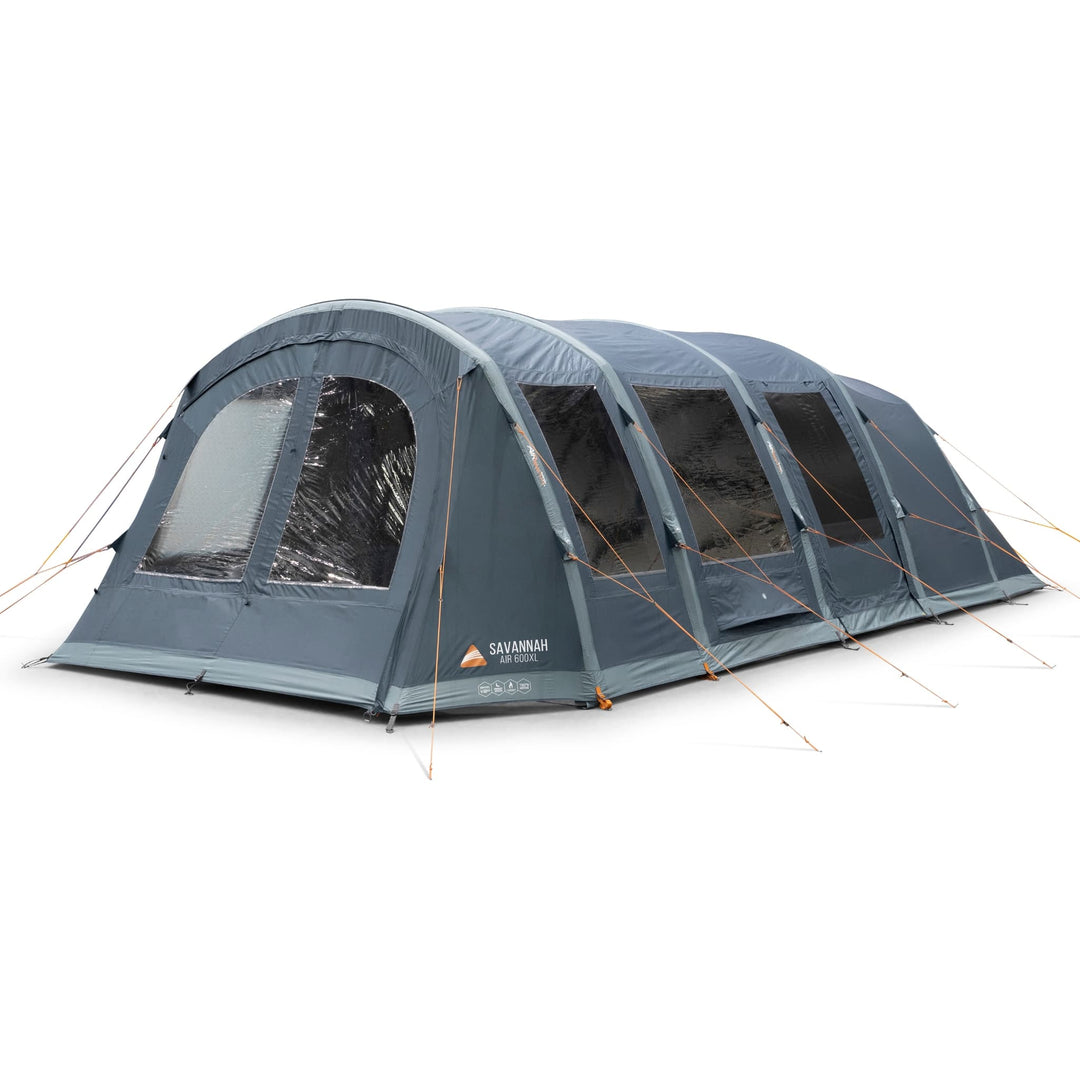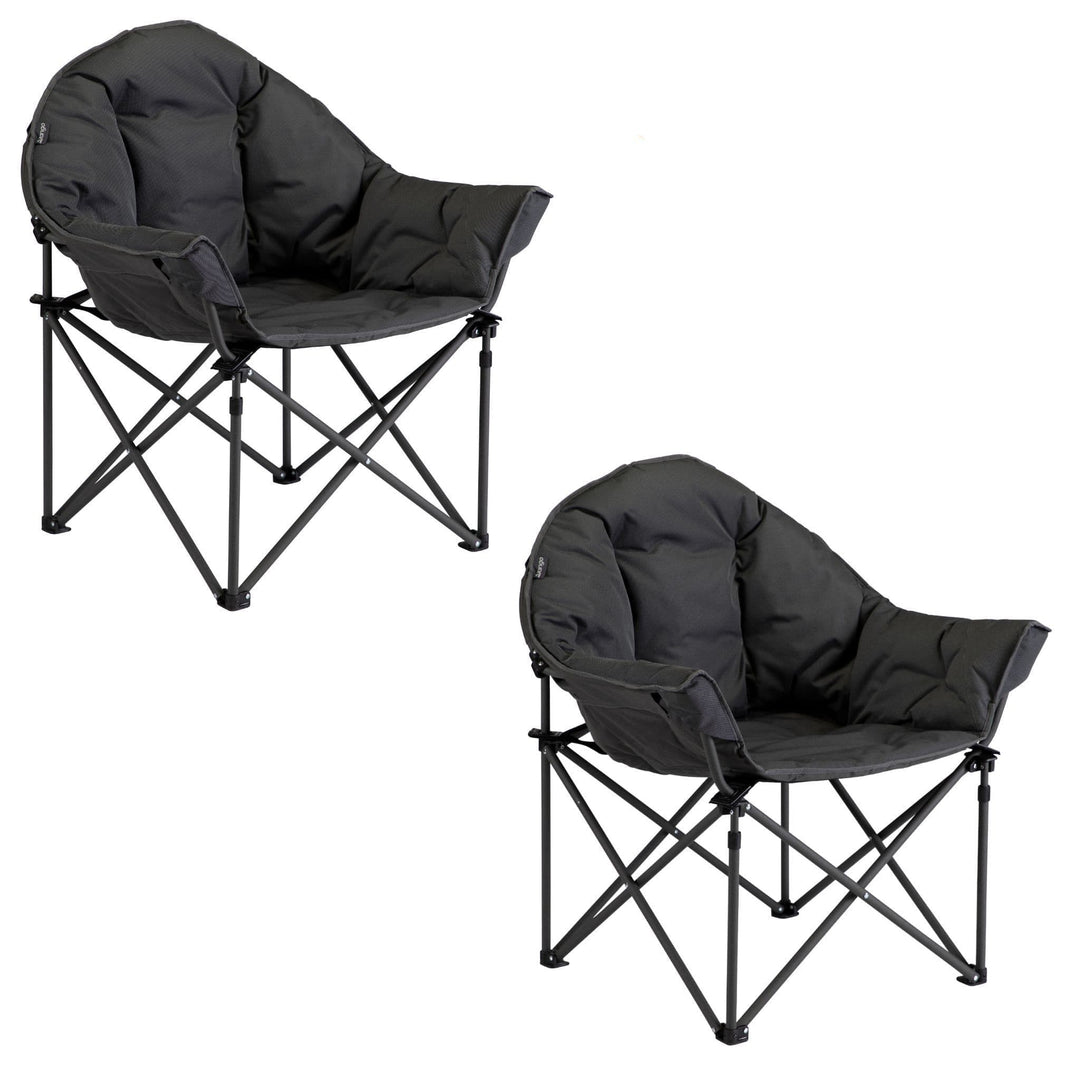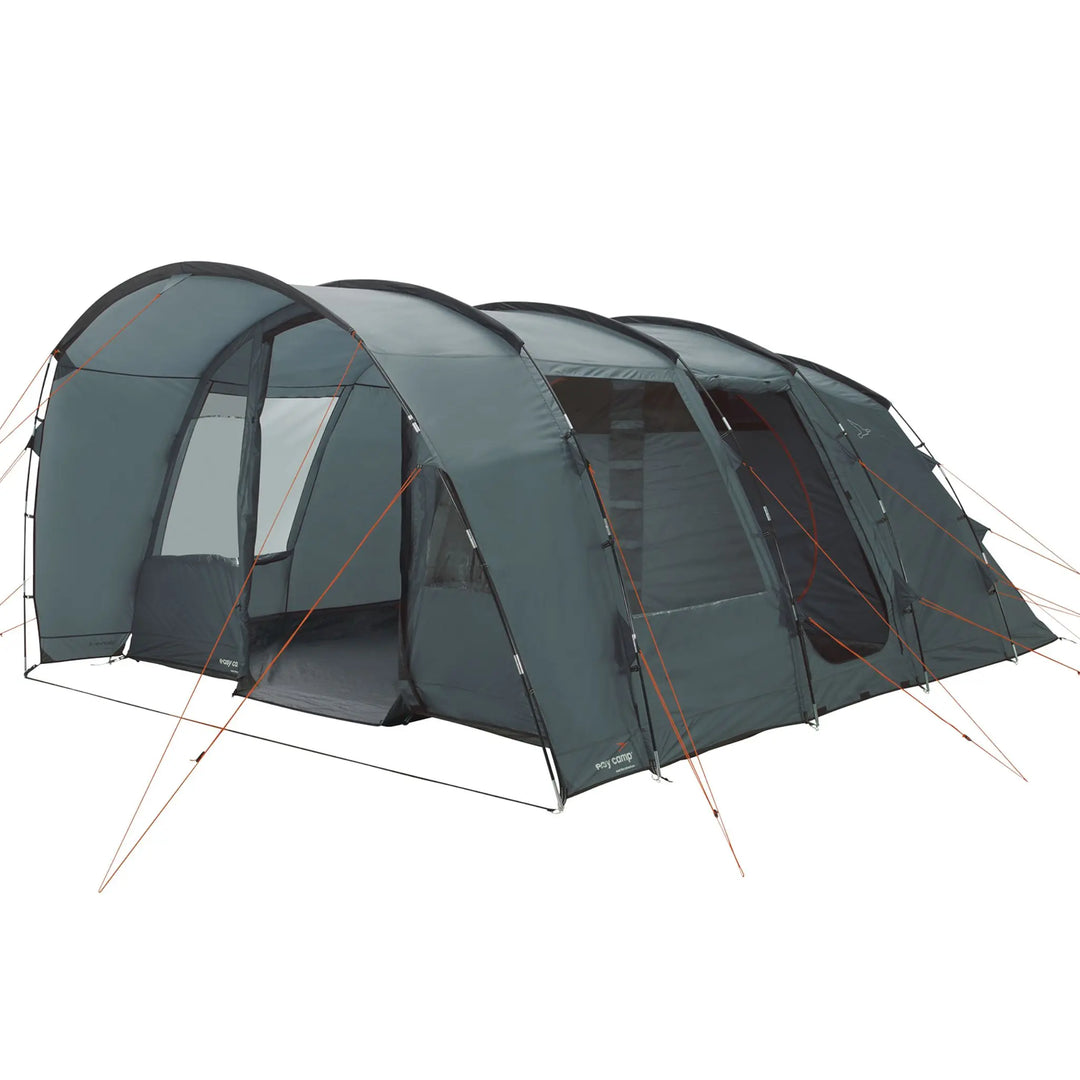How to Waterproof Your Tent

Why Waterproofing Your Tent is Essential
If you’re camping in the UK, you can’t always trust the weather. One minute, it’s sunny, and the next, it's pouring down. A well-waterproofed tent keeps you and your gear dry and comfortable, preventing leaks that could ruin your trip.
Over time, the factory-applied waterproof coating on your tent wears off, and seams can weaken, letting in water. But with a few simple steps, you can restore its water resistance and extend its lifespan.
This guide will show you how to check if your tent needs reproofing, the best products to use, and the step-by-step process for waterproofing your tent properly.
How to Tell If Your Tent Needs Waterproofing
Before you start, check whether your tent actually needs reproofing. Here’s how:
✅ Spray water on the tent – If water beads up and rolls off, your waterproofing is still intact. If it soaks into the fabric, you need to reproof it.
✅ Look for peeling coatings – If you see flakes inside your tent or on the underside of the flysheet, the urethane coating is breaking down.
✅ Check the seams – If water seeps through the stitched areas, the seam sealant has worn off and needs replacing.
If your tent fails any of these tests, it’s time to waterproof it.
How to Waterproof a Tent (Step-by-Step)
🛠️ What You’ll Need
🔹 Tent cleaner
🔹 Seam sealer (polyurethane or silicone-based)
🔹 Tent waterproofing spray (DWR)
🔹 Soft sponge or cloth
🔹 Rubbing alcohol
🔹 Dry, warm conditions for application
1️⃣ Clean Your Tent First
Dirt and grime reduce the effectiveness of waterproofing treatments, so start by cleaning your tent:
- Use lukewarm water and a soft sponge—never a pressure washer or stiff brush.
- Avoid detergent, as it can strip protective coatings.
- Rinse thoroughly and let it dry completely before applying any treatment.
2️⃣ Reseal the Seams (The Most Common Leak Point)
The seams are the most vulnerable points for leaks. To reseal them:
- Turn the flysheet inside out for easy access.
- Use rubbing alcohol and a cloth to clean the seams.
- Apply seam sealer (ensure it’s the right type for your tent fabric—polyurethane or silicone-based).
- Let it dry completely before moving on.
🔹 Pro Tip: Even if only one seam is leaking, it’s best to reproof all the seams for full protection.
3️⃣ Reapply the Urethane Coating (If Peeling)
The urethane coating inside your tent floor and flysheet prevents water from seeping through. If it’s peeling:
- Lay the fabric flat and scrub off any loose flakes.
- Apply a thin coat of tent sealant evenly over the affected areas.
- Let it dry for at least 24 hours before packing away.
4️⃣ Apply a Durable Water Repellent (DWR) Coating
DWR makes water bead up and roll off instead of soaking through the fabric. To apply it:
- Ensure the tent is clean and dry before application.
- Spray tent waterproofing spray evenly over the outer surface.
- Wipe away any excess with a damp cloth.
- Let it dry fully before folding the tent away.
🔹 Pro Tip: Apply two coats if you're expecting heavy rain on your trip.
Waterproofing a Polycotton or Canvas Tent
Polycotton tents naturally repel water but require weathering before their first use. This means:
- Set up the tent and hose it down lightly.
- Allow it to dry - this helps the cotton fibres swell and tighten.
- Repeat the process once or twice for maximum waterproofing.
Unlike synthetic tents, polycotton doesn’t need DWR treatments, but you can apply a waterproofing spray designed for canvas if needed.
Extra Tips for Keeping Your Tent Dry
✅ Use a Footprint Groundsheet – A bathtub-style sewn-in groundsheet prevents water from seeping in.
✅ Check the Hydrostatic Head (HH) Rating – A tent with 4,000mm HH is far more waterproof than one with 1,500mm HH.
✅ Reproof Your Tent Every Few Seasons – If you camp often, waterproofing once a year will keep your tent in top condition.
✅ Never Store a Wet Tent – Always air it out before packing to prevent mould and damage.
What’s the best waterproof rating (Hydrostatic Head) for a tent?
- 1,500mm HH – Light rain resistance (entry-level tents).
- 3,000mm HH – Good waterproofing for most UK camping conditions.
- 5,000mm HH – Designed for severe weather and prolonged rain.
What If Your Tent is Beyond Saving?
If your tent still leaks despite reproofing, it may be time for an upgrade. At WM Camping, we stock high-quality waterproof tents from Vango, Outdoor Revolution, and Outwell, designed to withstand British weather.
Final Thoughts
Waterproofing your tent is quick, easy, and essential for comfortable camping. With the right seam sealers, tent sealants, and waterproofing sprays, you can extend the life of your tent and stay dry, whatever the weather.
Related Articles
How to Store your Tent or Awning over Winter
How to get rid of Mould or Mildew from a Tent or Awning
Condensation in Tents and Awnings
🔍 FAQs: Tent Waterproofing Questions Answered
How often should I waterproof my tent?
It depends on how frequently you camp. If you use your tent regularly, reproof every 12-24 months. Otherwise, check the waterproofing before each season and reproof as needed.
Can I use a normal waterproof spray on my tent?
No, you should always use a DWR (Durable Water Repellent) spray specifically designed for tent fabrics. Standard waterproof sprays for clothing won’t bond properly to tent materials.
What is the best time to reproof a tent for camping in the UK?
Spring is an ideal time to reproof your tent. This ensures it's ready to withstand the unpredictable UK weather. You should consider reproofing when water no longer beads on your tent's surface. Regular reproofing every 12 to 24 months, depending on usage, can help maintain its waterproof integrity.
How do I know if my tent needs reproofing?
Your tent needs reproofing if water no longer beads on the fabric's surface and instead soaks in. This is a clear sign that its waterproof coating has worn off, and it's time for maintenance to ensure protection from rain.
What products are recommended for reproofing tents?
For effective reproofing, it's recommended to use products like Fabsil Gold Waterproofing for fabric coverage and Outwell Seam Sealant for sealing seams. These products help maintain a strong waterproof barrier, keeping your tent dry during rainy camping trips.
Why is seam sealing important for maintaining a tent's waterproof integrity?
Seam sealing is crucial as seams are potential weak points where water can penetrate. Applying a quality seam sealant helps prevent leaks, ensuring your tent remains waterproof. This maintenance step extends the tent’s lifespan, especially with frequent use.
Can I use any waterproof spray for my tent?
It's essential to use waterproof products specifically designed for tents, such as Fabsil Gold Waterproofing. These products ensure the proper protection needed for the fabric's material, unlike general waterproof sprays which might not be as effective or compatible.
How can I ensure my tent is dry before storage?
After a camping trip, set up the tent in a dry area to ensure it dries thoroughly. Ensure that all moisture is evaporated from both the fabric and seams to prevent mould and mildew during storage, which could affect the tent’s waterproof quality.
How often should I inspect my tent for maintenance?
It's advisable to inspect your tent after each use. Look for signs of wear and tear, such as leaks or fading of the waterproof coating. Regular inspections ensure timely maintenance, keeping your tent in optimum condition for upcoming trips.
What is the difference between PU coating and DWR?
Polyurethane (PU) coating is applied to create a waterproof barrier, while Durable Water Repellent (DWR) is a finish that helps water bead up and roll off fabric surfaces. Both treatments are crucial for maintaining a tent's performance in rainy conditions.












